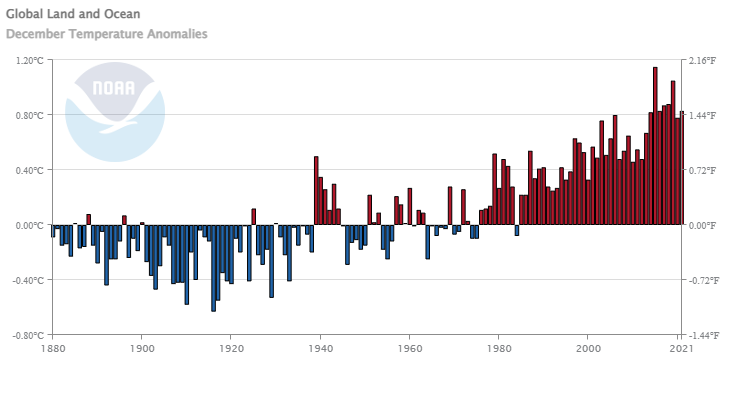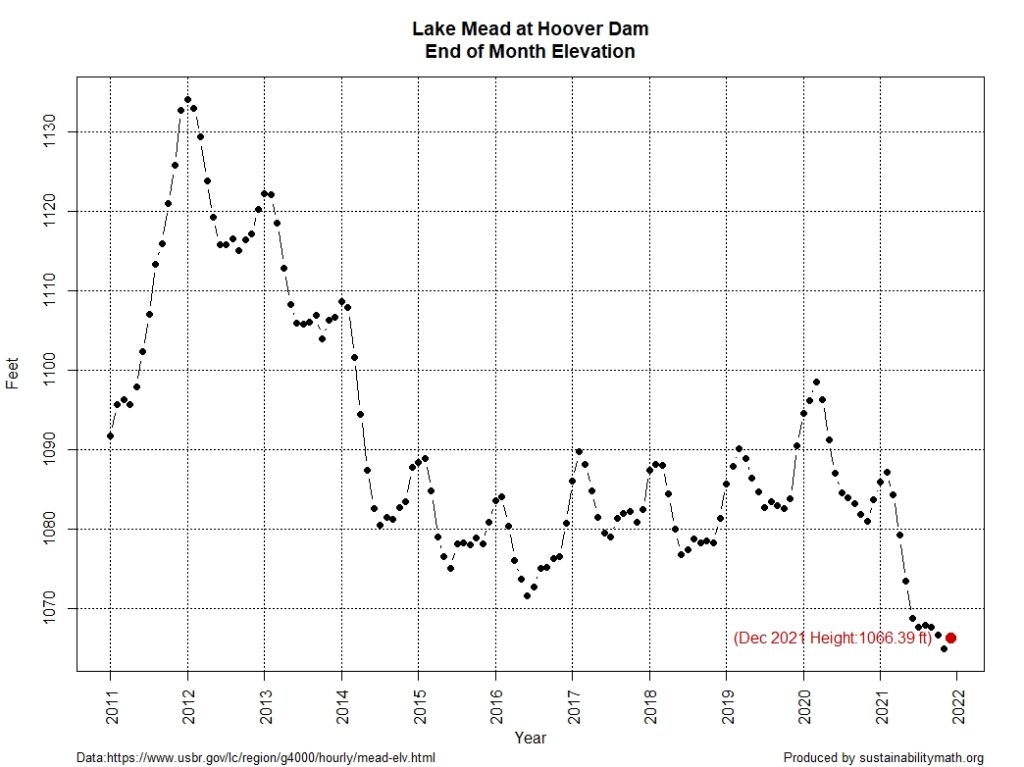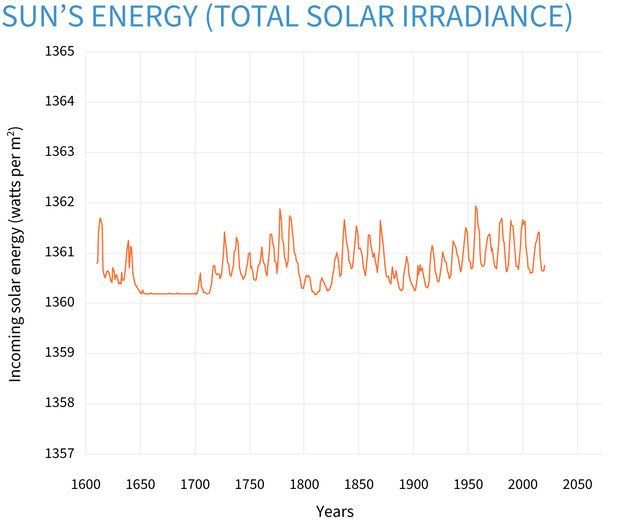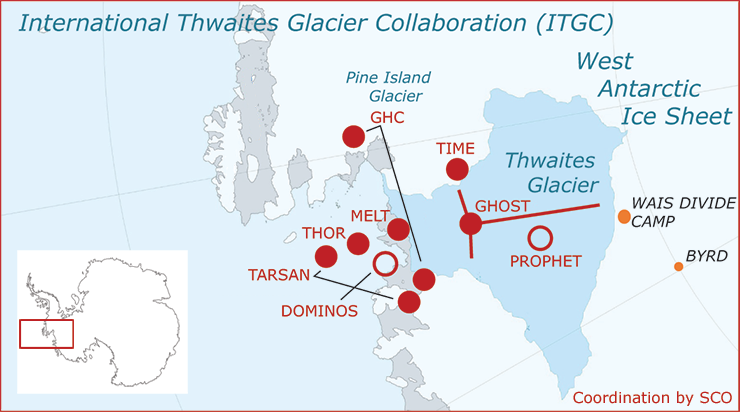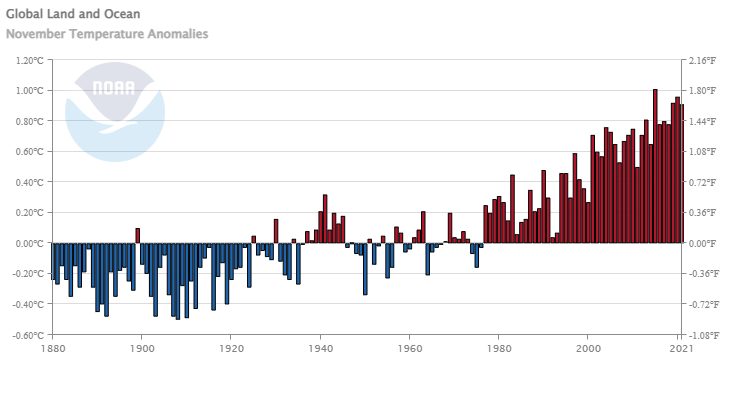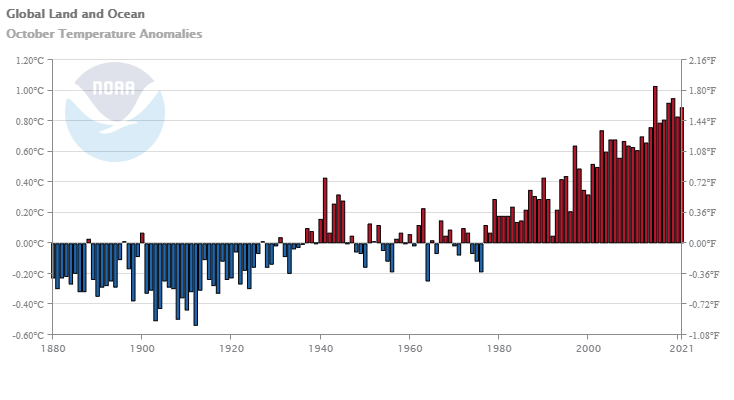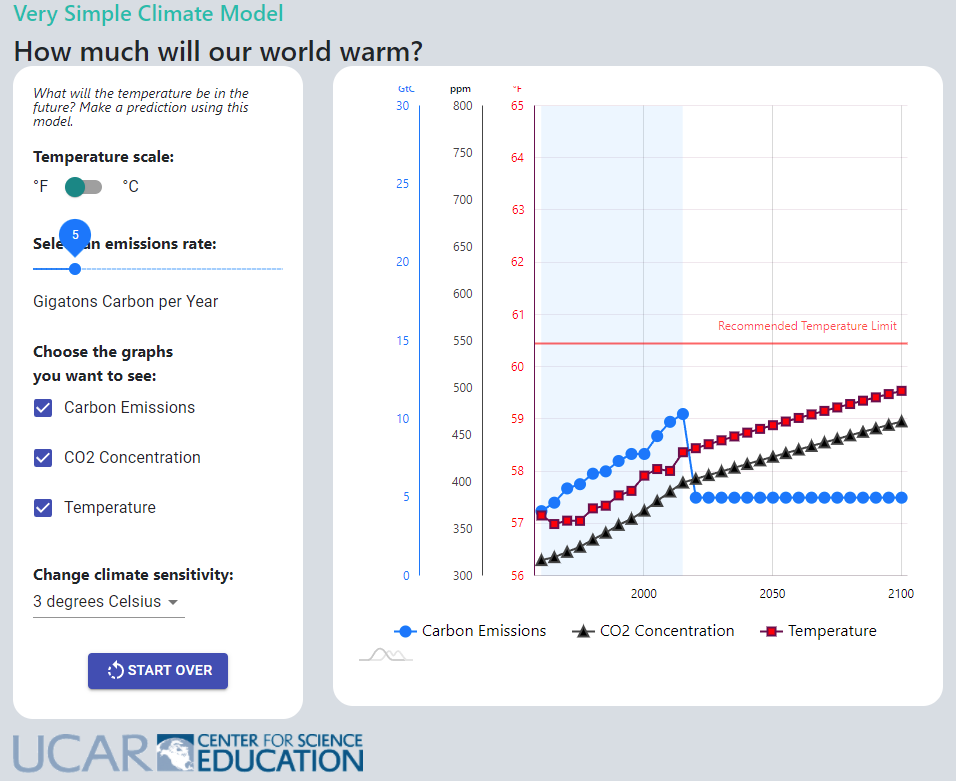The abstract from The recent normalization of historical marine heat extremes by Kisei R. Tanaka and Kyle S. Van Houtan (2/1/2022) in PLOS Climate:
Climate change exposes marine ecosystems to extreme conditions with increasing frequency. Capitalizing on the global reconstruction of sea surface temperature (SST) records from 1870-present, we present a centennial-scale index of extreme marine heat within a coherent and comparable statistical framework. A spatially (1° × 1°) and temporally (monthly) resolved index of the normalized historical extreme marine heat events was expressed as a fraction of a year that exceeds a locally determined, monthly varying 98th percentile of SST gradients derived from the first 50 years of climatological records (1870–1919). For the year 2019, our index reports that 57% of the global ocean surface recorded extreme heat, which was comparatively rare (approximately 2%) during the period of the second industrial revolution. Significant increases in the extent of extreme marine events over the past century resulted in many local climates to have shifted out of their historical SST bounds across many economically and ecologically important marine regions. For the global ocean, 2014 was the first year to exceed the 50% threshold of extreme heat thereby becoming “normal”, with the South Atlantic (1998) and Indian (2007) basins crossing this barrier earlier. By focusing on heat extremes, we provide an alternative framework that may help better contextualize the dramatic changes currently occurring in marine systems.
The paper includes a link to the data (so you can reproduce the cool ridge plot here) and there are three other graph.


